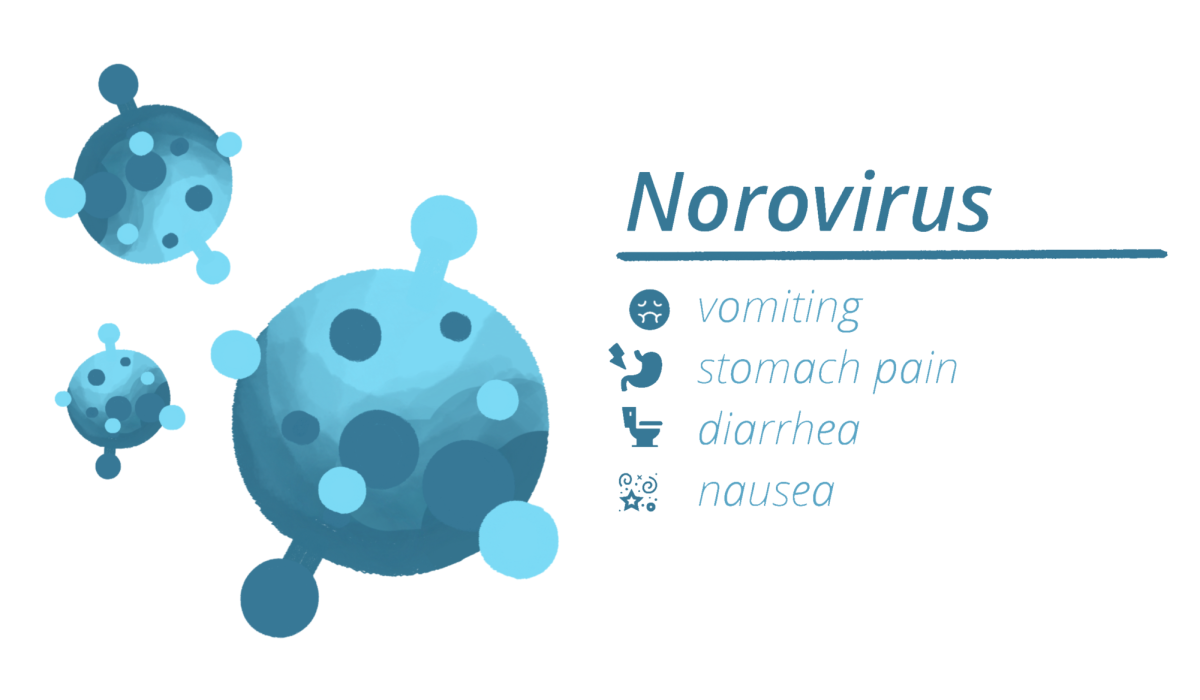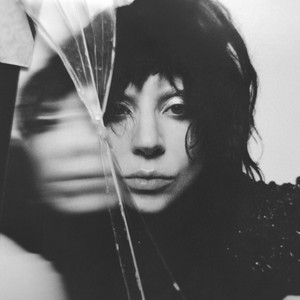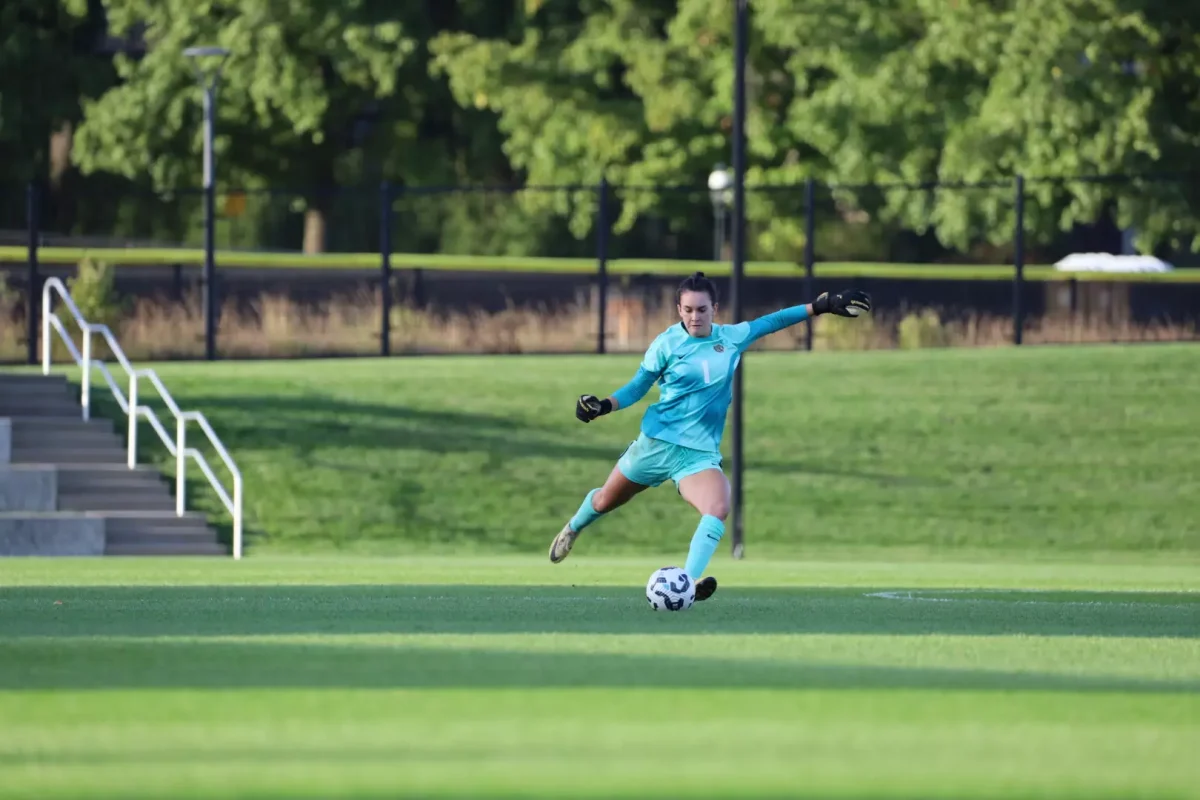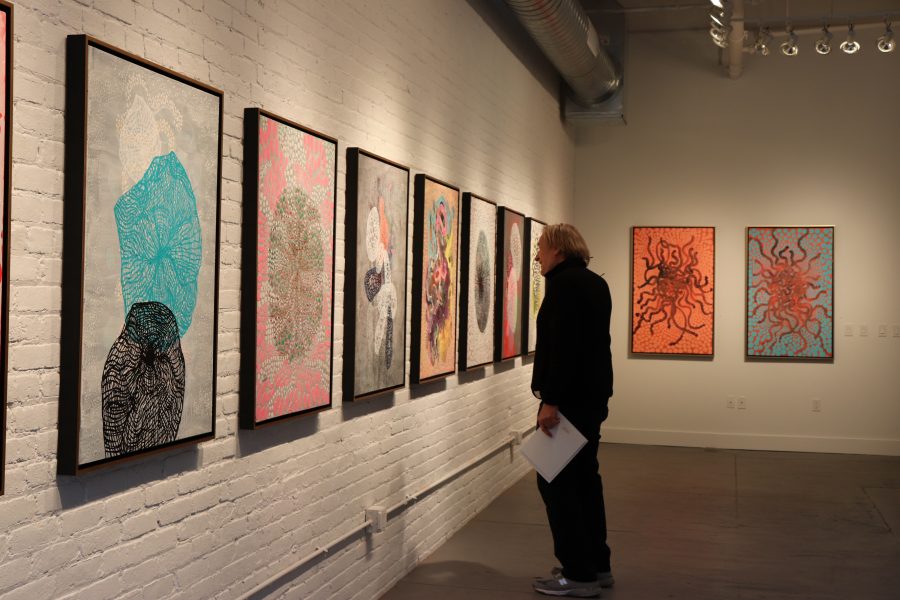“I made paintings that in some way paint themselves,” art professor and acclaimed artist Ed Kerns said.
He added that his works do not use perspectives of distance, saying, “they use emergent principals to produce images that paint themselves. And if you see the paintings, you’ll see that.”
Kerns is a painter whose work has been critically acclaimed by the New York Times, The Village Voice, Arts Magazine and Art News Magazine. He has had a long 45 year career, has been shown in 38 solo exhibitions and 130 group shows in places like New York, Paris, San Francisco, Washington D.C, Chicago, Denver, Rome, Madrid, Osaka, Munich and New Mexico.
The visual ideas found in Kerns’ art exhibition, “The Octopus Meditations,” are inspired by interacting with biologists, neuroscientists and physicists, and “his pursuit of the compelling revelations made possible by process-driven modeling and direct observations,” according to the exhibition’s program.
The exhibition runs until May 12 at the Brick and Mortar Gallery.
“These paintings by Ed Kerns are thus a tool themselves; a visual model for a simulated intersubjective reality via metaphor; painting as vectors of inquiry; and a reconnaissance mission for the retrieval of unique data,” essayist Daniel Hill wrote in the essay called Distributed Perceptions, published in the exhibition’s program.
Kerns said he has always been interested in science and that art and science do not necessarily have to be mutually exclusive.
“I liked how it advanced our ability to see and model experience,” he said, adding that science and art have saved people’s lives. “Medicines are produced, problems are solved, all sorts of wonderful benefits, but that does not negate art, which also…somehow offers a kind of sustenance and connectivity.”
It is important for Kerns to help students realize “the potential of both” art and science to “become more holistically connected to the world.”
“If we don’t protect the intellectual diversity, we do not protect diversity, I mean it’s just a given. I mean if you can’t think expansively, then you cannot accept the value of…multiple points of view,” he said.
Human beings are instruments, they are smell and touch, he said. They are “creatures and that’s how we get most of our information about everything. There’s not a person…that you know that cannot sense authenticity.”
For Kerns, authenticity is not a substance, “it’s a quality…of a thing. And that emergence is quality of things.”
Kerns’ inspirations range from scientists such as E.O. Wilson and Eric Kandel, to his former teacher and artist Grace Hartigan and abstract artist William de Kooning.
“These are people who are great thinkers in the field and a few of us get to have [real life interactions] with those people…they were inspirations.”
Kerns said his favorite paintings have been his “body of work from the past five to six years. It has really jelled into this sort of intellectual immunity that I talk about all the time.”
Art turns into a product when placed in a gallery for sale.
“There’s a market and the market determines the price by demand just like any other commodity, that’s just the way it is,” Kerns said. “But that doesn’t mean that that’s the value of it. That’s just a way of doing business…and that’s a different world.”
“You go to the ocean or some peaceful place for yourself, and you achieve a form of connected meditation by feeling the waves and the water and everything. You feel like you came from it and you connect to it, [and] what’s the price of that?”




















































































































